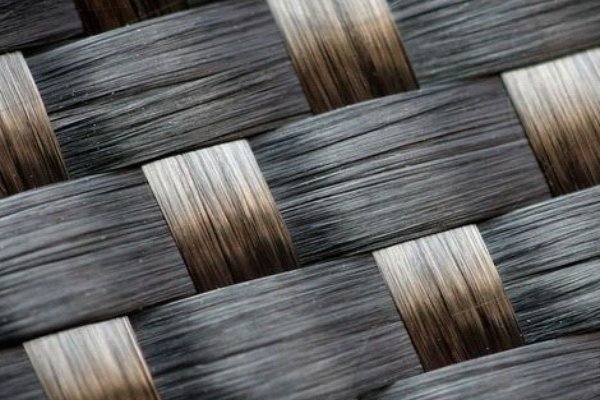For product requests contact us by using the
- Contact formular,
- Email (sales@suragus.com) or
- Phone (+49 351 32 111 520).
Carbon yarns or carbon fibers are the starting material of any carbon component. For this reason, it is the quality of the individual fiber that is responsible for the properties of the final component. The sheer number of carbon fibers processed may make the quality of a single carbon fiber seem insignificant. But a component is only as strong as its weakest link. If all carbon fibers are of high quality, i.e. have few defects, the performance of the entire assembly increases significantly.
Typical materials and applications:
SURAGUS' inline WT (wire tester) gives you the possibility to precisely determine the quality of your fiber and to seperate high quality from low quality rovings. The innovative eddy current technology, allows you to detect not only the external damage of the fiber or yarn, but more importantly the internal damage.
Please notice these applications are still in development. Feasibility is to be checked upon request.
87% of the filaments of a 12k roving are inside the roving. The SURAGUS EddyCus® inline WT system is designed to find defects inside the filament. Cameras only find defects that are visible from the outside, i.e. are on the surface. In order to be able to detect both external and internal defects, SURAGUS use two components. This allows the EddyCus® inline WT-System to obtain even more precise information about the fiber. The camera (EddyCam) detects external defects and the EddyCus®-Sensor detects external and internal defects. This enables the SURAGUS monitoring system to give you higher quality information about the quality of your tow. With the EddyCus® inline WT, you are able to offer higher quality products and provide added value to your customers through the additional quality information.
In the future, e-textiles will play a greater role. The EddyCus® inline WT system measures the uniformity of the conductive coating during production.
The EddyCus® inline WT combines a camera and an eddy current sensor. It measures surface damage such as fuzz or split and inner fiber quality simultaneously. Thresholds and warnings give immediate process feedback.
The EddyCam is a camera based defect detection tool for yarns and rovings. It has a bright LED to seperate the roving from the background. Each camera has a red and a green LED to indicate the operational status and to speed up maintenance in case of a problem. For example, if a roving is broken.
The camera is capable to detect all visible defects, such as:
The EddyCus® inline WT sensor is based on eddy current technology. The probe induces currents into the carbon fibers. The current flow of a good fiber is different from the current flow of a broken fiber. SURAGUS eddy current sensor detects both the external and internal damage of the roving. The eddy current sensor detects both the external and internal damage to the roving. To isolate the internal damage, the damage detected by the camera is calculated out by the software. What remains are the internal errors, which are mostly:
Often quantitative measurements can be correlated to physical parameters such as:
Carbon materials compose of different designs and compositions. SURAGUS suggests to discuss the particular testing task with our team.
The user can access the data and setup via web interface. Multiple sensors can be grouped to show the entire creel at once. Each sensor independently assess the fiber damage, buffers the data and writes it to a server when connected. The user can set trigger alarms, customize the dashboard and automated reports. Additionally, measurement history and trend for each production day is available.
The report is designed as a one-pager to show classic statistical values of both the optical and eddy current sensor: width, number gaps, fiber damage mean & std. deviation. The spool will be graded according to user criteria.

To give you an idea of the performance of eddy current technology, we offer you a free demo measurement.
The process goes something like this:
For product requests contact us by using the